They say motivation is what gets you started, and habit is what keeps you going. Pushing beyond our boundaries to learn new skills, we may motivate our photography, but to truly build skills we can think about about making practice a habit. This Summer, these 7 tips will motivate your photography skills. Make just one or two a habit, and you can improve your photography.
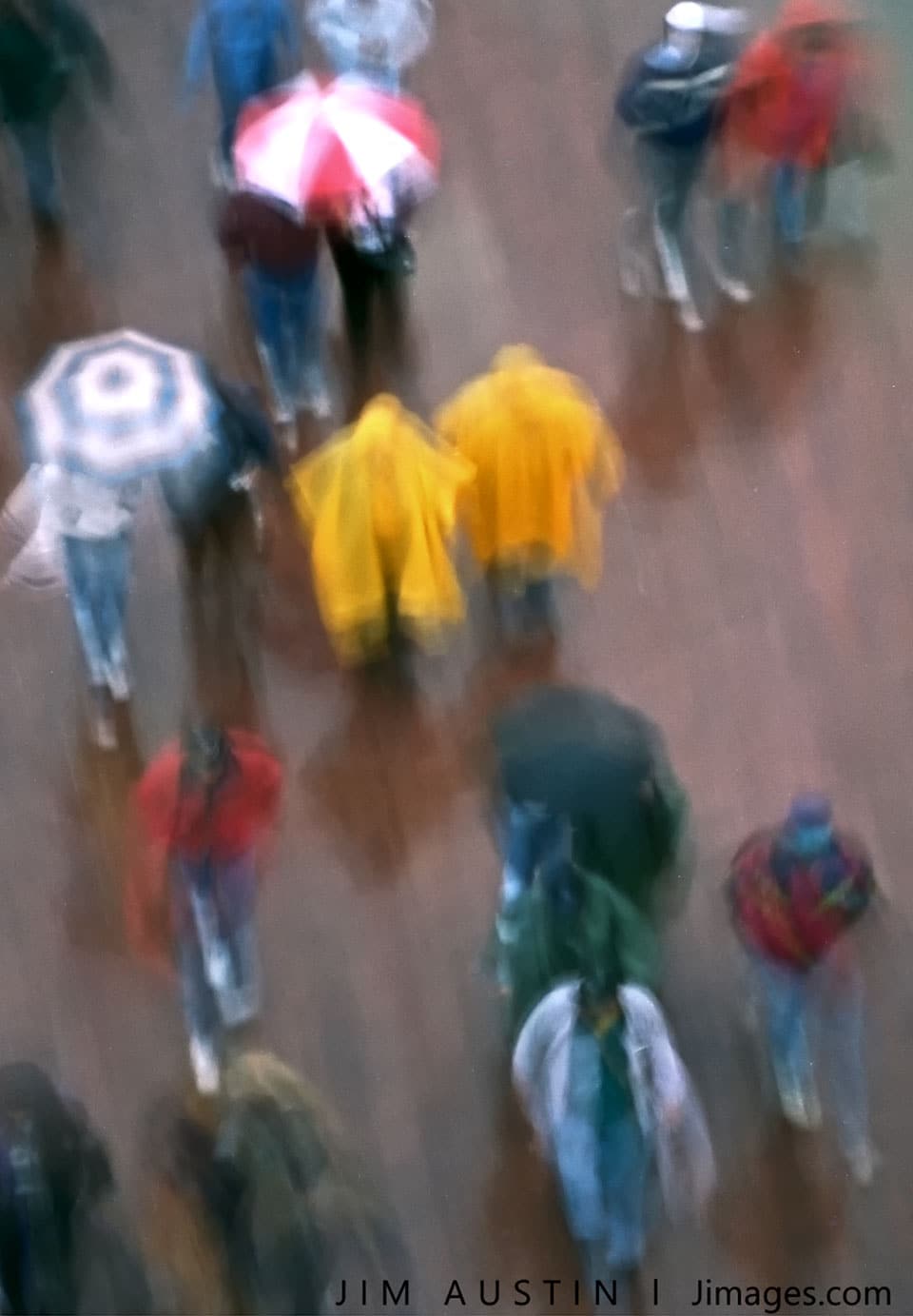
ONE: ON A DSLR, try Back Button Focus ( Skill Level: Advanced )
Back button focus (BBF) is a superior way to ensure your images are in precise focus. Most DSLR’s and micro four thirds system cameras let you assign a button, other than the shutter, to lock in focus. Located in your camera menu, find the steps to set up your camera’s AE-L, AF-L or AF-On button as a dedicated focusing button, instead of the shutter release.
Because the camera only focuses when you press the new “back-button” instead of the shutter release, you’ll never have to refocus until you move or your subject moves. You can combine BBF with single point auto-focus or continuous autofocus. When the subject moves, just press the back button you’ve designated in the menu, then fire the shutter. This one-two action can be done with a thumb and index finger. The technique gives more accurate focusing with practice.

TWO: Get on Eye Level ( Skill Level: Enthusiast ) For better portraits, change the camera position to be on eye level with your subjects.
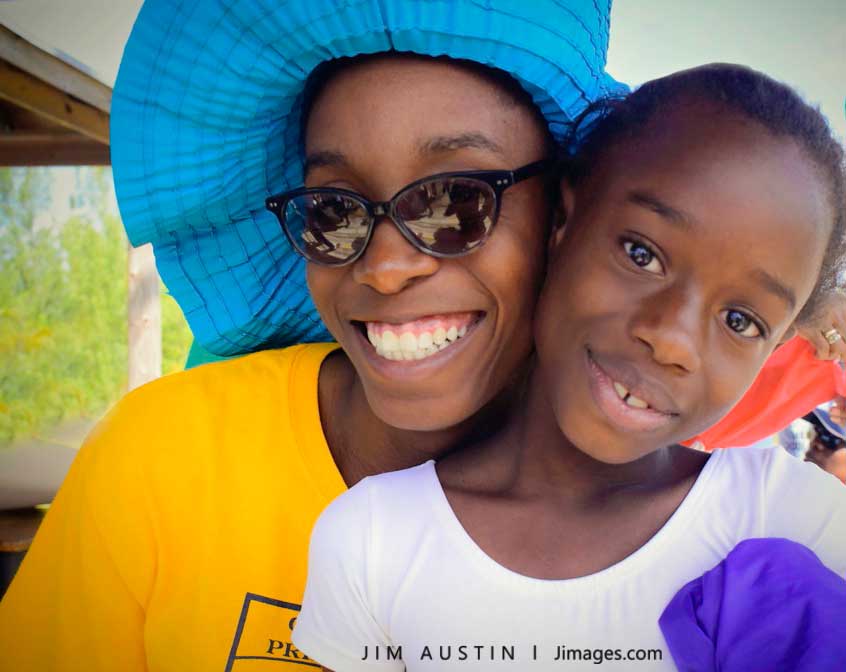
THREE: Reverse the Lens for Macro ( Skill Level: Experienced) If you have interchangeable lenses, try this: take off your 50 mm lens, turn it around, and hold it even with, and flush to, the camera body lens mount. You’ll be surprised at how close you can get to your subject with this technique.
Of course, avoid reversing your lens under dusty conditions to prevent dust or grit from getting on your camera sensor. There are adapters for most cameras that let you mount the reversed lens securely on the camera so you don’t have to hold it by hand. There is more on this method here.
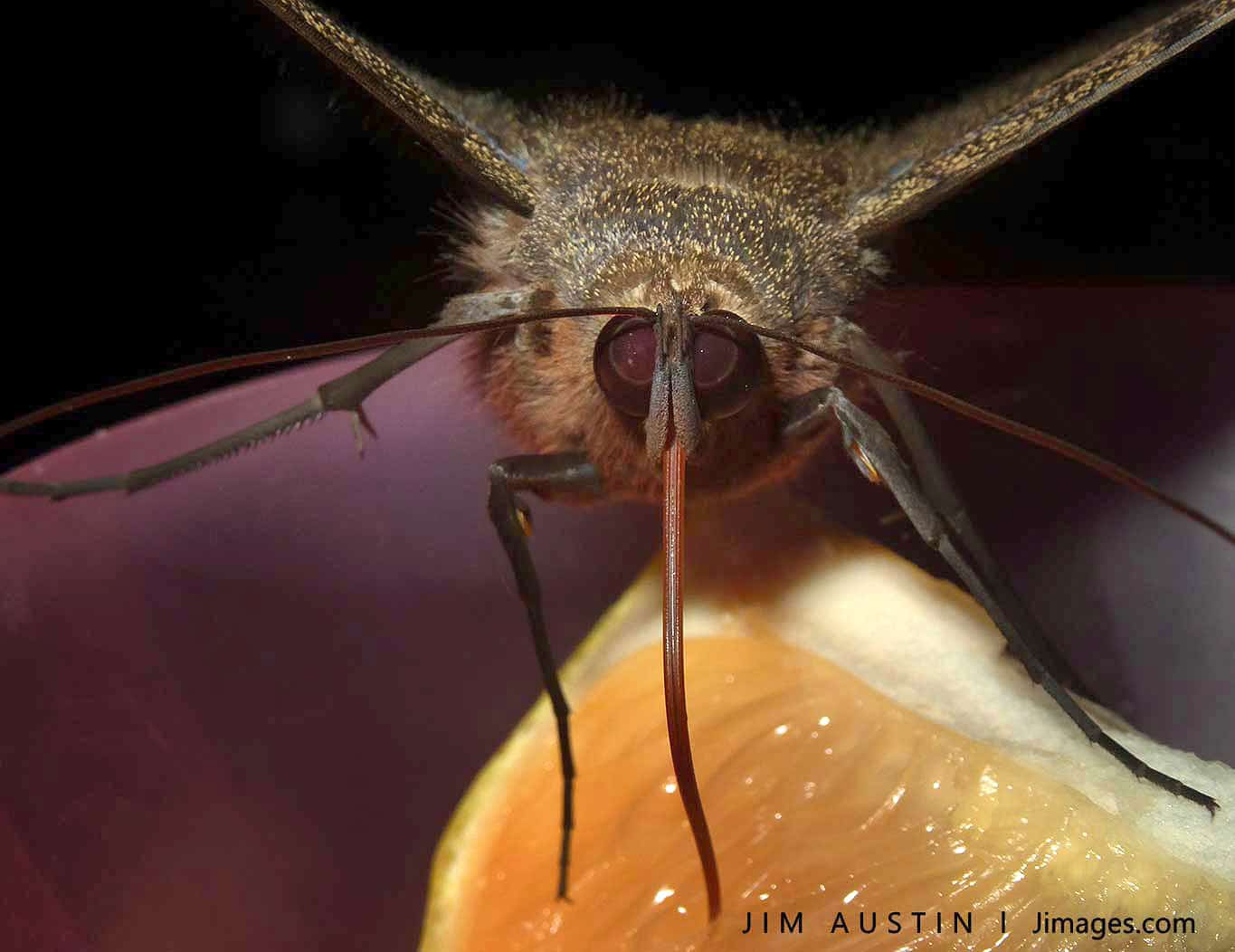 FOUR: Seek Out Good Work ( Skill Level: All ) Get inspired by fine art. Spend an hour of two looking at the printed work of artists and photographers you admire. Take in a gallery exhibit, or download a book by a professional. Here’s the thing: when we unlearn what we think we know about making photographs, whole new worlds of photography open up.
FOUR: Seek Out Good Work ( Skill Level: All ) Get inspired by fine art. Spend an hour of two looking at the printed work of artists and photographers you admire. Take in a gallery exhibit, or download a book by a professional. Here’s the thing: when we unlearn what we think we know about making photographs, whole new worlds of photography open up.
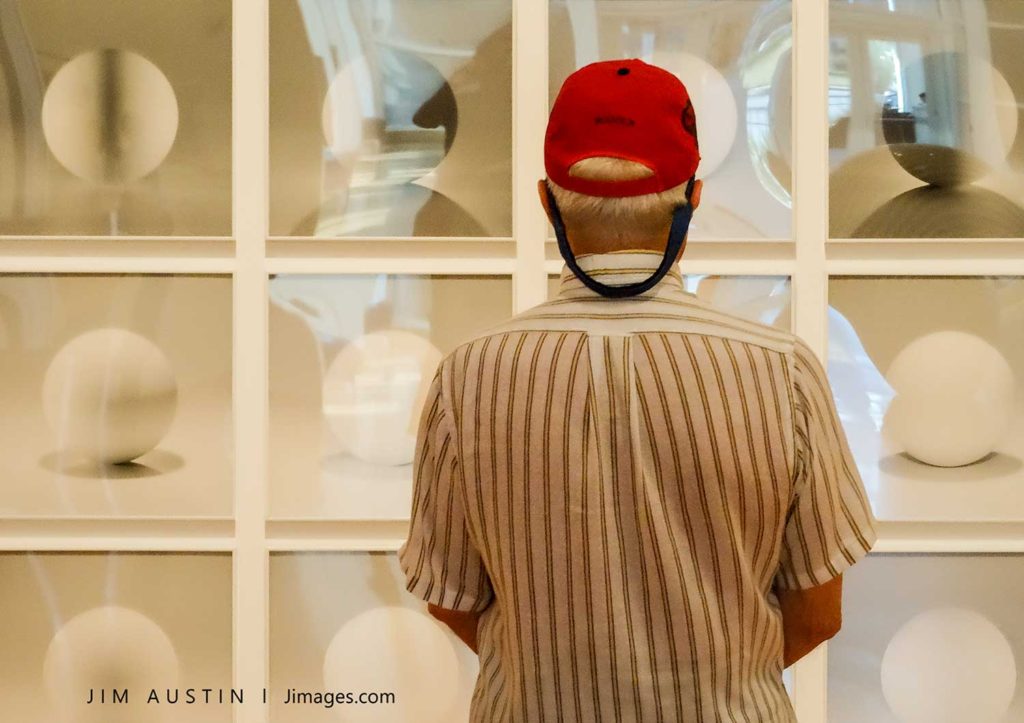
FIVE: Self-Assign and Share Your Best ( Skill Level: Enthusiast & Advanced ) Here is an example. Carry your camera daily and each day for two weeks, take 24 shots. The specific number is to structure an ending point to the exercise. Find scenes you enjoy either indoors and outdoors. Pay close attention to your lighting. Try to have good contrast with readable mid-tones, highlights and shadows and check your histogram to nail the exposure. Edit these 336 images to select the best 10, then work with these images to fine tune them in post processing. Share your top three. This is an effective way to edit and share only your best images.
SIX: Focus on One Color ( Skill Level: Enthusiast ) For an entire day, photograph a single color that you rarely ever photograph. This will get you searching for that color and make you more aware of a variety of hues, and it’s a good exercise for seeing hues of a single color under different lighting conditions. Try this out in black and white tonality as well.
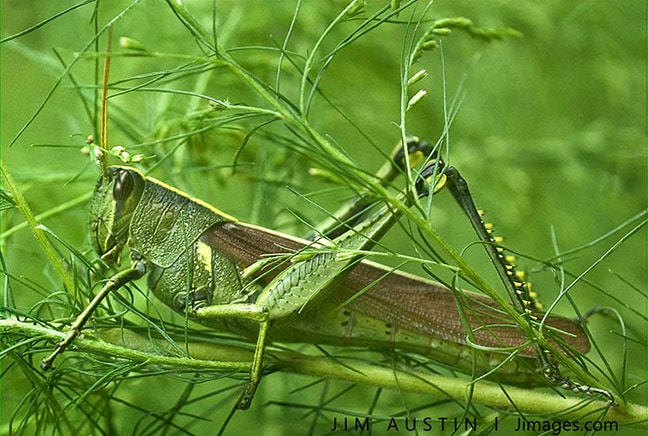
SEVEN: Write the Right Stuff ( Skill Levels: All ) Writing down what works is a practice that has consistently helped pro photographers. It gets us motivated to remember good habits. I keep a photography journal to take notes when I find something effective, and to remember ideas that emerge even when I am not packing gear. My journal only makes sense to me, but it has become as valuable aide for memory and on self-assignments. I start writing in a stream of consciousness and take notes about light, seasons, sky and techniques.
LAST WORD: One last tip: it helps to allow some play time and reward time after each practice session. This keeps us in a good mood to get out and shoot next time. Motivating our photography starts with small steps. Repeated practice helps us develop habits. Write a comment if you like, to let me know you are motivating your photography this Summer.





Leave a Reply